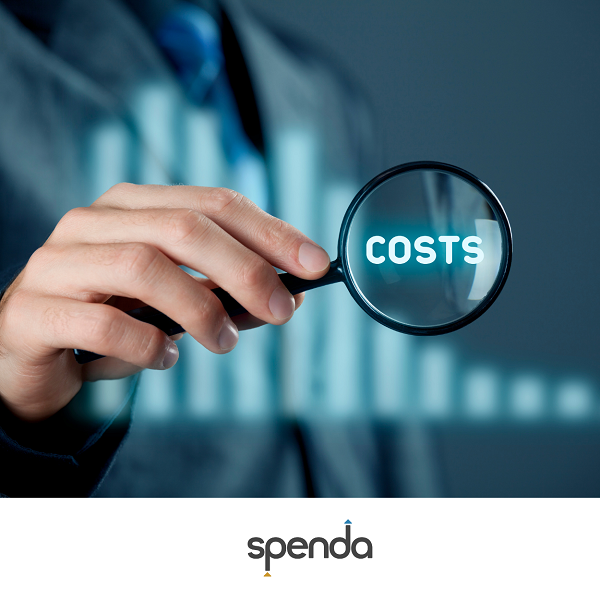
The hidden cost of manual business payments: How much is it really costing you?
Manual business payments are one of those topics that gets talked about a lot, but despite all the discussion, it’s still a problem for many businesses. From spreadsheets and paper invoices to logging into online banking for each transaction, manual processes might feel familiar and manageable. But they’re quietly draining time, money and resources.
The reality is that manual payments are slow, error-prone and hard to scale. Every time someone checks an invoice, enters payment details, verifies bank accounts and logs the transaction, it takes time. If your team is doing this hundreds of times a month, those hours add up fast – and so do the hidden costs.
In Australia alone, the payments market is booming, valued at USD 1.07 trillion in 2025 and expected to more than double by 2030. With this kind of growth, sticking to manual methods means falling behind. And when your team is tied up with admin, they are not focusing on what really matters, like planning for growth.
Mistakes can be expensive
Manual payment processes leave a lot of room for error. A mistyped bank account number, a duplicate payment or a missed invoice might seem small, but these mistakes can quickly become costly. Fixing them takes time, and they can strain relationships with suppliers or partners.
Even today, many businesses still rely on outdated methods like paper-based payments. Globally, over 30 per cent of companies continue to use cheques for B2B transactions, even though each one can cost anywhere from USD $2 to $10 to process. These costs add up, not just in money, but in time and effort.
Errors and delays also make it harder to manage payments. When transactions are missed or duplicated, it becomes difficult to track what’s coming in and going out. That lack of clarity can lead to poor decisions and unexpected cash shortfalls.
Late payments hurt more than just your reputation
Manual systems often mean slower approvals and longer processing times. That can lead to payment delays, which might result in penalties, missed discounts or strained supplier relationships.
Delays in payment processing can also affect your reputation and reliability in the eyes of partners and vendors. Globally, over 50 per cent of companies say speed is the most important factor when choosing a payment solutions. If your payments are slow, you’re missing out on opportunities to save money, strengthen relationships, and stay competitive.
Poor visibility means poor decisions
When payments are handled manually, it is harder to get a clear view of your cash flow position. You might not know what has been paid, what is pending or what is overdue without digging through files or emails.
When money leaves your account too slowly or too quickly without proper tracking, it becomes harder to forecast, manage budgets and make informed financial decisions.
So, what’s the solution?
Digital tools are changing the game when it comes to business payments. Instead of chasing spreadsheets or checking through emails, you get real-time insights that show exactly where your money is going. That kind of visibility makes budgeting, forecasting, and planning a whole lot easier. And the shift is happening fast. By the end of this year, 80 per cent of B2B transactions are expected to be digital.
Businesses want payments that are quicker, safer and easier to track. In fact, 92 per cent of global companies say faster payments have made a positive difference to their operations.
AI is also stepping in to speed things up and is expected to process transactions up to 90 per cent faster than traditional methods – cutting down on delays and reducing errors.
Business platforms like Spenda take things even further. They automate the whole payment process, from creating and capturing invoices, to getting approvals and making the payment. They easily plug into your accounting software, offer secure payment options, and deliver a real-time view of your cash flow position. This improves accuracy and frees up teams to focus on the bigger picture.
And with the global B2B payments market expected to hit USD 111 trillion by 2027, it’s clear that automation isn’t just a nice-to-have. It’s the future of business payments.

